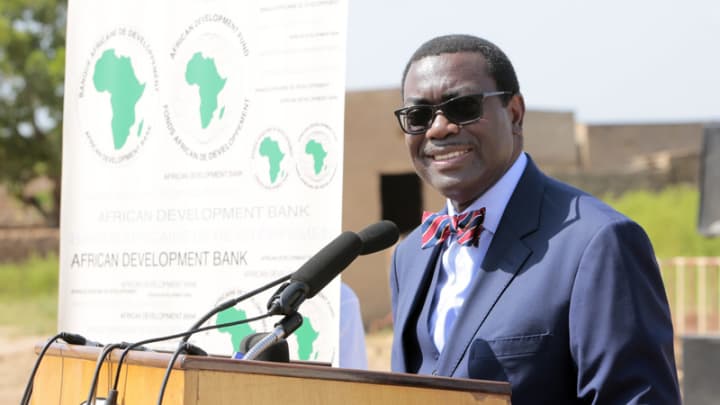The African Development Bank (AfDB) is warning about the higher level of debt that African countries are carrying even before the onset of the Covid-19 pandemic, when the debt stood at 61% of Gross Domestic Product.
25 African countries are already carrying excess debt or have a high risk of doing so.
According to the Bank Group, the structure of African debt has changed considerably. Bilateral debt now represents 27% versus 52% in 2000, whereas commercial debt accounts for 43% of total debt up from 20% in 2000.
“A multilateral approach demands that we understand the nature of the debt itself, what is changing and how we can respond to it,” said President of the African Development Bank Group, Akinwumi Adesina, at the Doha Forum in December 2023, on the theme of: “Decoding the Debt Dilemma—Unveiling Multilateral Solutions”.
“The expansion and fragmentation of the creditor base has complicated debt settlement by the Bretton Woods institutions,” explained President Adesina with concern.
The AfDB pointed out that one of the difficulties of debt resolution is the extreme length of time it takes.
Of the four African countries – Chad, Ethiopia, Zambia and Ghana – that have applied for debt treatment under the G20 Common Framework, only Zambia has completed the process enabling it to benefit from the facility in 2023.
“Reforming the global architecture of the financial system and debt to reduce costs, time frames and the legal complications of restructuring African countries’ debts is a matter of urgency,” insisted Mr Adesina at the Bank’s 2023 Annual Meetings in Sharm El-Sheikh, Egypt.
He urged African countries to avoid high costs and limit the possibility of a new debt crisis, and to push for increased transparency and global coordination between creditors.
Risk
The other debt-related problem lies in the “Africa premium” that countries on the continent must pay when they access capital markets, despite data showing that default rates in Africa are lower than in other parts of the world.
A Moody's analysis of the default rates for global infrastructure shows, for example, that Africa ranks higher, at 5.5%, than Asia, at 8.5% and Latin America, at 13%.
Yet the perception of risk in Africa, reflected by the global ratings institutions, results in an often unjustified increase in borrowing costs for African countries.
Latest Stories
-
WAFU B U-17 Girls’ Cup: Black Maidens beat Nigeria on penalties to win inaugral tournament
4 minutes -
Real Madrid beat Sevilla to keep pressure on leaders Atletico
1 hour -
Liverpool put six past Spurs to go four points clear
1 hour -
Manchester United lose 3-0 at home to Bournemouth yet again
1 hour -
CHAN 2024Q: ‘It’s still an open game’ – Didi on Ghana’s draw with Nigeria
1 hour -
CHAN 2024Q: Ghana’s Black Galaxies held by Nigeria in first-leg tie
2 hours -
Dr Nduom hopeful defunct GN bank will be restored under Mahama administration
3 hours -
Bridget Bonnie celebrates NDC Victory, champions hope for women and youth
3 hours -
Shamima Muslim urges youth to lead Ghana’s renewal at 18Plus4NDC anniversary
4 hours -
Akufo-Addo condemns post-election violence, blames NDC
4 hours -
DAMC, Free Food Company, to distribute 10,000 packs of food to street kids
5 hours -
Kwame Boafo Akuffo: Court ruling on re-collation flawed
6 hours -
Samuel Yaw Adusei: The strategist behind NDC’s electoral security in Ashanti region
6 hours -
I’m confident posterity will judge my performance well – Akufo-Addo
6 hours -
Syria’s minorities seek security as country charts new future
7 hours

